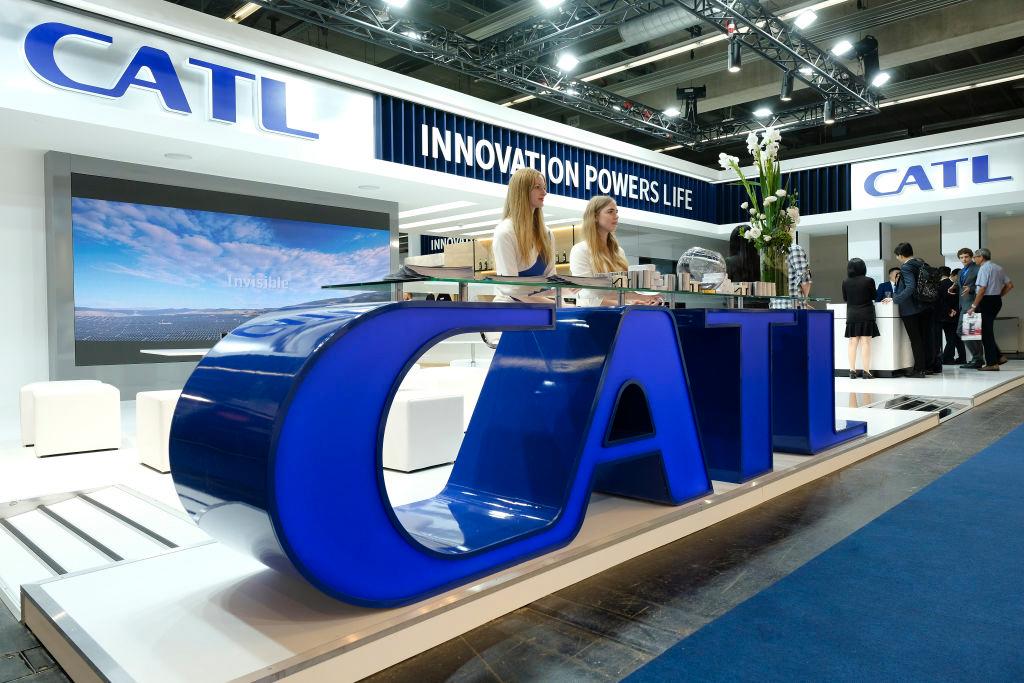Minutes from the January Federal Reserve policy meeting suggested officials are concerned about the economic effects of President Donald Trump’s tariffs.
Monetary policymakers expressed concern about upside inflation risks, citing possible changes to immigration and trade policy.
This, Fed officials say, could threaten the disinflation process and keep the annual inflation rate well above the central bank’s 2 percent target.
While much of the new administration’s trade agenda has yet to be enacted and appear in the economic data, the monetary authorities are weighing various outcomes and possible responses.
Several officials, including Atlanta Fed President Raphael Bostic, suggest their colleagues wait for clarity and certainty from the White House before making decisions or reaching conclusions.
“The situations are quite fluid, changing sometimes hour by hour. So, it is impossible to say with certainty how any new approach might influence decisions and economic outcomes.”
Others think that the Fed may keep interest rates higher for longer this year.
The Federal Open Market Committee (FOMC), the rate-setting entity, will need to examine two specific situations, says Dallas Fed President Lorie Logan.
Fed staff, according to the minutes released on Feb. 20, indicated that the central bank will not observe much progress on inflation in 2025.
“Inflation in 2025 was expected to be similar to 2024’s rate, as the effects of the staff’s placeholder assumption for trade policy put upward pressure on inflation this year,” the document stated.
Inflation could then return to the 2 percent goal by 2027.
“If we see inflation rising or progress stalling in 2025, the Fed will be in the difficult position of trying to figure out if the inflation is coming from overheating or if it’s coming from tariffs,” he said.
“That distinction will be critical for deciding when or even if the Fed should act.”
As for Fed Chair Jerome Powell, he has refrained from remarking too much on trade policy.
Appearing on Capitol Hill for his semi-annual monetary policy report, Powell told lawmakers that “it’s not the Fed’s job to make or comment on tariff policy.”
Last month, speaking to reporters at the post-meeting press conference, he noted that tariff plans could lead to various possibilities.

“The range of possibilities is very, very wide,” Powell said. “We don’t know for how long or how much, what countries. We don’t know about retaliation. We don’t know how it’s going to transmit through the economy to consumers. That really does remain to be seen.”
The central bank can, however, read the economic literature, study the data, and examine historical experiences, he noted.
How the Fed Acted in 2019
Economists had predicted two interest rate hikes heading into 2019. Instead, the Fed announced three quarter-point rate cuts.Powell and his colleagues endured a flood of complaints from Trump on social media.
“It is only the naïveté of ... Powell and the Federal Reserve that doesn’t allow us to do what other countries are already doing,” Trump said.
Powell followed through on cutting the policy rate by 75 basis points to a range of 1.5 percent and 1.75 percent, citing ongoing trade disputes, weak global economic growth, and “trade policy uncertainty.”
At a July 2019 post-meeting press conference, Powell echoed former Fed Chair Alan Greenspan’s statement in 1995 and 1998: The central bank employed insurance cuts.
“In a sense, that is a risk-management point, and that is a bit of insurance.”
Economic conditions are different, however, mainly in one area: inflation.
Rate Hikes Could be on the Table: Analysts
The Federal Reserve has stated that cutting interest rates too early and too fast could rekindle the inflation flame but leaving rates too high for too long could threaten growth prospects and employment.It is a balancing act for policymakers, and substantial adjustments to trade policy could be another factor for the Fed to consider.
The futures market believes the central bank will keep its rate-cutting cycle on hold for much of the year.
According to the CME FedWatch Tool, investors have penciled in the next rate cut for September.
Since recent inflation figures have diminished the Fed’s power to cut interest rates, markets might need to start considering rate hikes, says Chris Zaccarelli, the CIO at Northlight Asset Management.
“Although it’s too early to predict that they will begin raising rates any time soon, the market is going to start seriously considering that the next move the Fed makes—even if it is in late 2025 or early 2026—is going to be a hike and not a cut,” Zaccarelli said in a note emailed to The Epoch Times.
According to Tom Essaye, the president and founder of Sevens Research Report, ignoring inflation risks would be a mistake.
“If the Fed does not become confident inflation will return to 2 percent, then rate hikes will come back on the table and that would be a materially bearish event,” Essaye said in a note emailed to The Epoch Times.
Economists have stated that the president’s proposed tariffs could revive inflationary pressures—by how much is unclear.
The Fed will hold its next two-day policy meeting on March 18 and March 19, giving officials ample time to digest further tariff news, more inflation data, and another jobs report.







